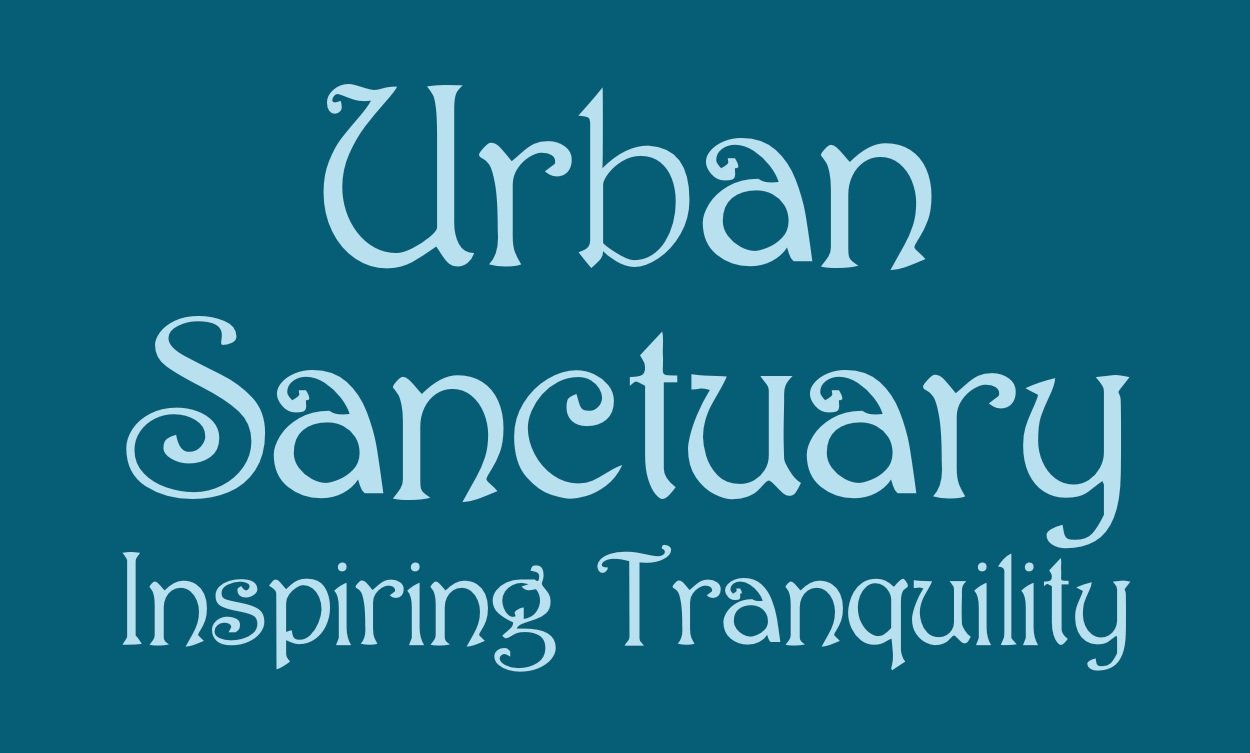Inspiring Ignatian Quotes #22
I apologize, it got pretty lengthy with quotes, but I will now continue . . .
Ignatius had his entire life planned out prior to his accident, but while recuperating, he met Christ is a new and intense way and learned that his dreams and goals and plans were folly . . . basically, upside down! Once he began reading the Lives of the Saints (The Golden Legend), he learned about sacrifice and sin, and martyrs for Christ and he shifted his focus solely on attaining his fame like St. Peter, St. Stephen, St. Francis, and St. Dominic, living in poverty and dedicated service to God. What he neglected to understand at this early stage of spiritual development, was that his goal was still not set in the right direction: it was set towards his own fame instead of for the glory and praise of God. It wouldn’t be until his pilgrimage and he experienced visions from ‘His Lady’ (the Blessed Virgin Mary) that he learned that his goal in life needed redirection. His spiritual life needed development - strengthening - exercising.
“By the term “Spiritual Exercises” is meant every method of examination of conscience, of meditation, of contemplation, of vocal and mental prayer, and of other spiritual activities that will be mentioned later.” (St. Ignatius of Loyola, Introduction: “The Spiritual Exercises of St. Ignatius: Based on Studies in the Language of the Autograph”, by Louis J. Puhl, SJ).
Again, putting it into today’s language, a Spiritual Director helps you examine where your spiritual journey has taken you thus far, and how you would like to develop your spiritual life now, and into the future. Much like a personal trainer at a gym, you are offered a variety of exercises (prayer, meditations, scriptures, examens, etc.) that might be of help to you along your journey. And, just like a gym, it is best that you develop what you learn into a habit. Accountability, like any program of reform, is an asset, having someone to guide and encourage you, while you do the necessary work. I have recently adopted Anam Cara, from my Irish ancestors, it means soul companion or soul friend.
One of the first exercises is to pay attention to your thoughts - how are you left feeling afterwards? Joyful? Sad? Empty? Grateful? Once you can identify where your thoughts lead you, then you might consider seeking out a Spiritual Director to help you with ‘next steps’. Ignatius did this rather backwards, he felt the opposing feelings of joy and sadness occurring after different thought patterns, and knew there had to be a way to order them and direct them, rather than have them disordered and misdirected.
It took a month of solitary pilgrimage, then a year of living in a cave, constant prayer, examination, of conscience and working with his Confessor, in order for him to become detached enough from his goals, to do God’s will, which was to ‘write it down’. So he did.
We are now blessed with a great roadmap for spiritual growth. While his ideal was either a 30-day or 1-year silent retreat, he knew this was not possible for most people, even those who became his followers. He developed several versions where exercitants (those being directed/directees) can work with their own situation and timing. Usually a daily plan for 30 days is offered with meeting once a week for direction, or, a retreat from Advent to Pentecost (about 6 months), meeting twice a month. Any arrangement could be considered, when the person is ready to commit to daily prayer and other exercises.

